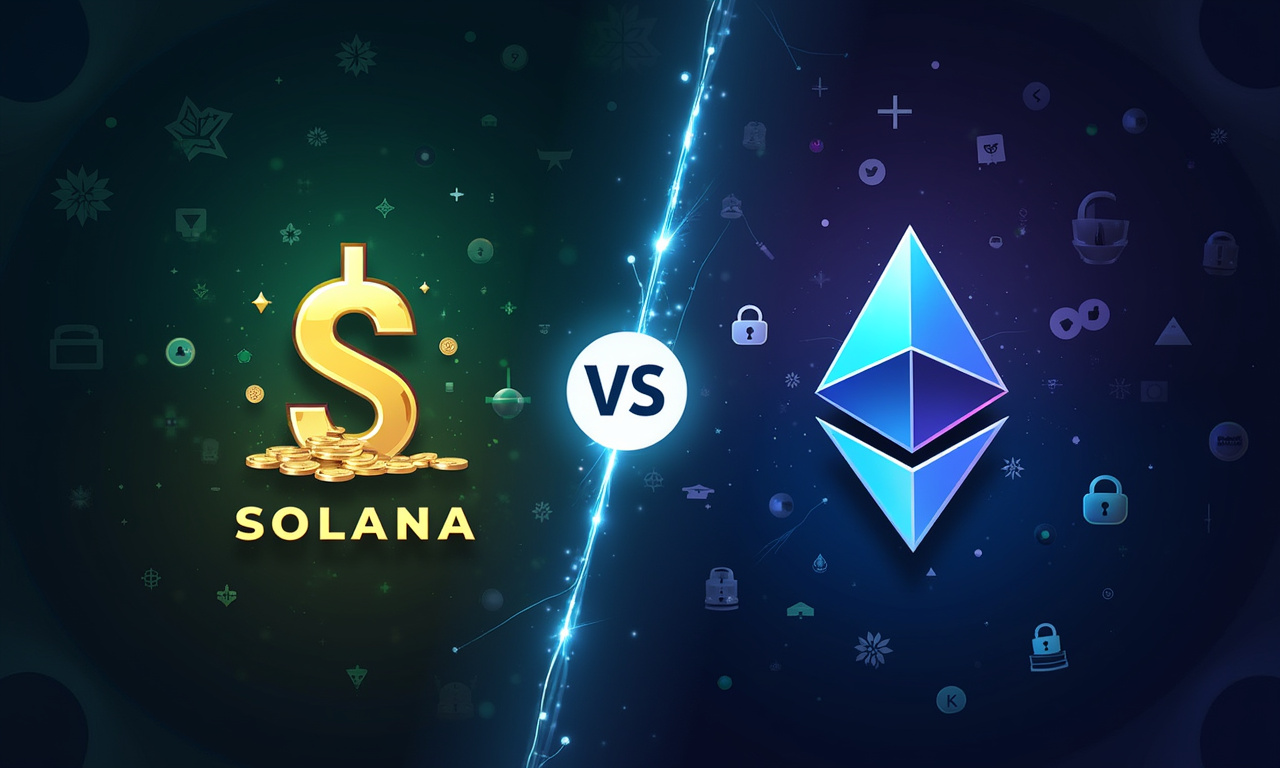
Fortunes in the world of cryptocurrency might meet a 180 degree turn in the blink of an eye. To succeed in this incredibly volatile market, knowing where the big players—known as “whales”—are moving is extremely important. These entities, with their large prize assets, can have an outsized impact on the direction of the markets. KnowingCoin.com, with its no-fluff approach, equips you with the tools to navigate these waters, helping you own your chain and conquer the game. This article explains how to track whale activity, identify potential market-moving events, and interpret these signals to make informed decisions.
Introduction to Smart Money Tracking
Overview of Smart Money in Crypto
In crypto, smart money is what we generally call wallets and entities with large amounts of capital. These kinds of investors do have an impressive track record of being able to pull off profitable trades. These entities sometimes have the advantage of sophisticated analytics and inside information. Their highly developed trading strategies give them such an advantage over the average investor that it dwarfs the inherent disadvantages. Just 1,000 Bitcoin wallets control over 40% of the entire BTC supply, making their actions a critical indicator of market sentiment and potential future movements. Spotting and following these institutional “smart money” flows can give you invaluable foresight to future market moves.
Importance of Real-Time Tracking
The secret to efficiently tracking the smart money is being able to track their activity as it happens. Inevitably, delays of even a few minutes can make the difference between taking advantage of a trend and losing the opportunity altogether. Find platforms that provide notifications within seconds—not minutes—of on-chain activity. These platforms use data science-powered algorithms to spot and flag high-value transactions. This empowers traders and desk strategists to more proactively react to prospective market moving events. One of the more well-known whale trackers, Whale Alert, tracks several blockchains and tweets out alerts for big on-chain transactions. Whale Alert defines “whales” based on wallet size or transaction value—for example, accounts holding more than 1,000 BTC or making transfers exceeding 100 ETH.
Understanding the 13-F Statement in Crypto
What is a 13-F Statement?
In traditional finance, institutional investment managers with more than $100 million of assets under management are required to file a 13-F statement. This quarterly report is submitted to the U.S Securities and Exchange Commission (SEC). While not directly applicable to decentralized cryptocurrencies, the concept of tracking institutional holdings and their movements can be adapted to the crypto space. In crypto, this translates to monitoring the holdings and transactions of known institutional investors and large funds that operate within the digital asset ecosystem.
How to Use 13-F Statements for Investment Insights
We might not have formal 13-F statements for crypto, but that idea of following big institutional moves is a concept still worth having. By identifying wallets associated with known institutional investors or crypto funds, traders can monitor their on-chain activity and gain insights into their investment strategies. These actionable insights allow users to predict emerging markets and lead to better, more profitable investment choices. For example, a large influx of funds into a specific token by a reputable fund could signal a positive outlook for that token's future performance.
Predictive Power of Market Information
Why Certain Data is Highly Predictive
In fact, some forms of market data exhibit superior predictive power. This is due to the fact that they often align directly with what large market actors are doing. In particular, large on-chain transactions, movements of assets onto and off of exchanges, and token unlocks provide a wealth of knowledge. They show where whales and institutional investors are going. Whale movements can create significant price swings. In smaller cryptocurrencies or during low-volume periods, whale movements can create price swings of 10-30% within minutes. By analyzing this data, traders can better understand where prices are headed and react with informed strategies.
Examples of Predictive Indicators
Here are some examples of predictive indicators that can be used to track whale activity and identify potential market-moving events:
- Large On-Chain Transactions: Monitoring large transfers of cryptocurrencies between wallets can indicate potential buying or selling pressure.
- Exchange Flows: Tracking the movement of assets to and from exchanges can signal changes in market sentiment. An influx of assets to exchanges may suggest an intention to sell, while withdrawals from exchanges could indicate accumulation.
- Token Unlocks: Monitoring token unlock events, where previously locked tokens become available for trading, can help anticipate potential price dilution.
- Dormant Wallet Activations: Analyzing whale activity can help predict price movements: For example, when a dormant whale wallet suddenly activates after years or a founder's wallet starts moving tokens unexpectedly, it may be a signal to adjust position size or implement protective measures.
- Smart Money DEX Trades: The DEX Trades tab provides both an aggregated view of the tokens that Smart Money wallets are buying and selling, as well as a live view of the DEX trades they are executing.
Analyzing Ethereum's Market Trends
Risks of an Extended Price Slowdown
Ethereum, as the second-largest cryptocurrency by market capitalization, has a huge impact on the overall crypto market. A longer than expected price slowdown in Ethereum could have a cascading impact on other alt coins and the overall DeFi ecosystem. Regulatory uncertainty, technological challenges, and competition from other blockchain platforms all play a role in this potential slowdown.
Current Price Forecast and Market Reactions
Analyzing the current price forecast for Ethereum and monitoring market reactions to key events can provide valuable insights into its future performance. Network upgrades, adoption rates, and institutional interest are just some of the factors that can impact the price of Ethereum. Tracking Smart Money can help predict market movements. By following the whales rather than the panicking crowd, traders can position themselves for significant price recoveries, such as the 85% recovery that followed a certain market event.
Identifying Promising Tokens
Criteria for Token Evaluation
Identifying promising tokens requires a thorough evaluation process that considers various factors, including:
- Market Capitalization: The total value of a cryptocurrency, calculated by multiplying the current price by the circulating supply.
- Trading Volume: The amount of a cryptocurrency that has been traded over a specific period, typically 24 hours.
- Liquidity: The ease with which a cryptocurrency can be bought or sold without significantly affecting its price.
- Use Case: The specific problem that a cryptocurrency aims to solve, and its potential market adoption.
- Team and Community: The experience and expertise of the project team, and the strength and engagement of its community.
Quality platforms allow setting different thresholds for different assets. This feature enables traders to adjust their alerts according to market caps and trading volumes, providing more precise control over the types of transactions they are notified about.
Spotlight on a Token Ready for Launch
To assess a prospective token, consider its underlying technology, team and its ability to gain market adoption. Look for projects that address a clearly defined market demand. Do ensure that they have a solid development team and an energetic community supporting them. In addition to these, look at tokenomics, governance structure, and security audits — among other things — when trying to determine the potential of a new token. Whale Alert and other tools provide real-time notifications: Whale Alert is known for their real-time notifications of large on-chain crypto transactions. This allows traders to take action long before the rest of the market has time to respond.
Taking this step will help you find a huge advantage in the booming cryptocurrency marketplace. KnowingCoin.com is here to help you develop the knowledge and skills necessary to sail these turbulent seas and win the game.

Lee Chia Jian
Blockchain Analyst
Lim Wei Jian blends collectivist-progressive values and interventionist economics with a Malaysian Chinese perspective, delivering meticulous, balanced blockchain analysis rooted in both careful planning and adaptive thinking. Passionate about crypto education and regional inclusion, he presents investigative, data-driven insights in a diplomatic tone, always seeking collaborative solutions. He’s an avid chess player and enjoys solving mechanical puzzles.








